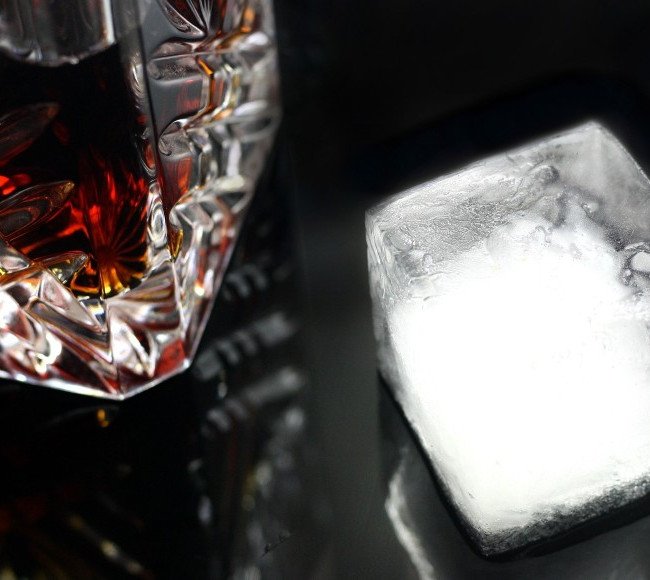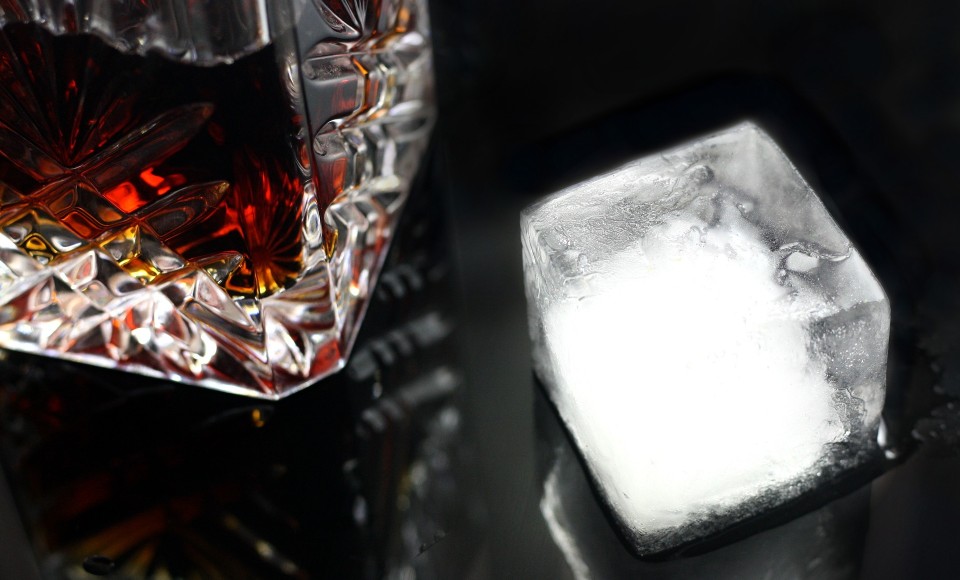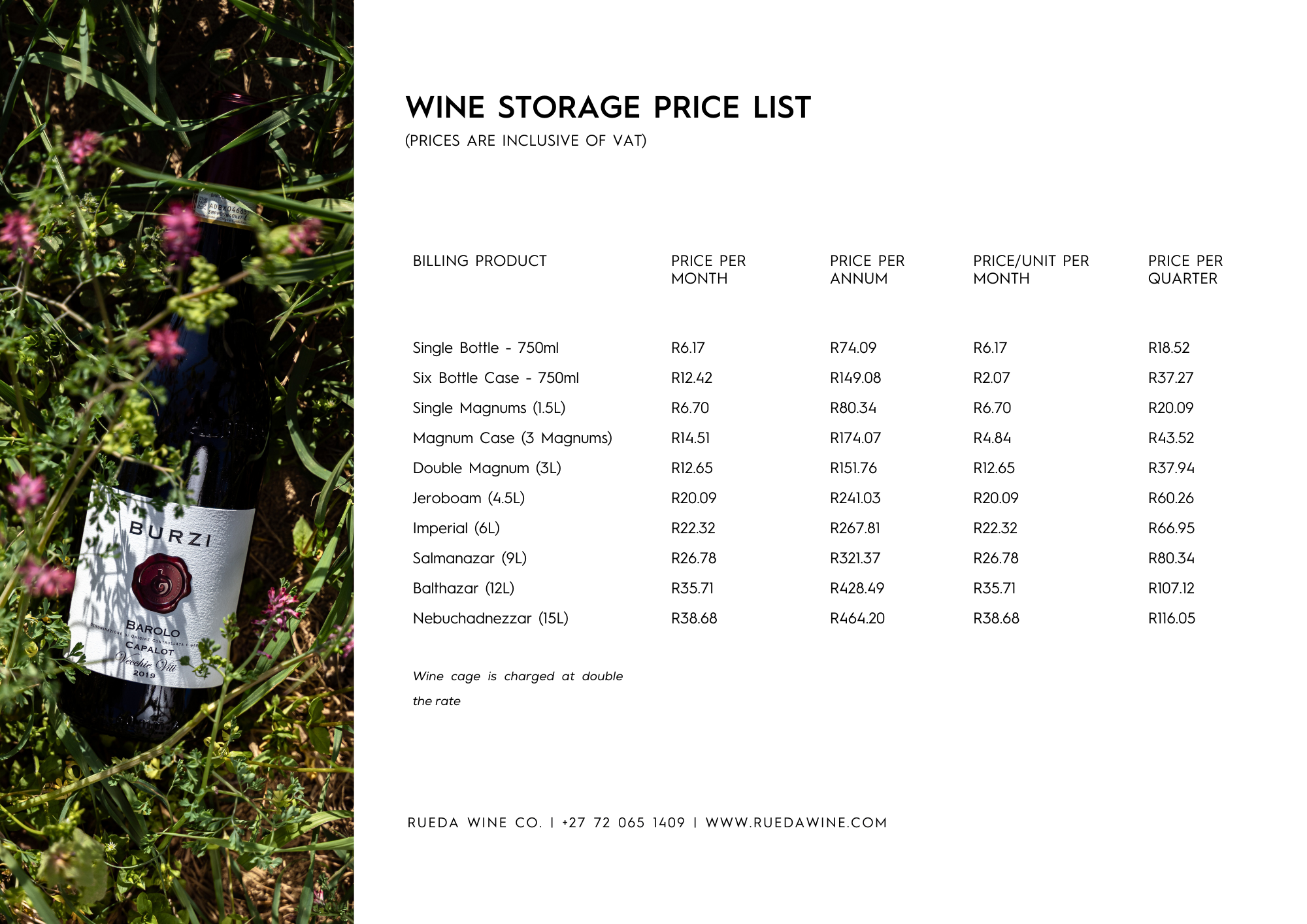
The world of wines and spirits (commonly known as liquor) may be difficult to navigate. Particularly if you are unsure of the distinctions that exist between the two types of alcoholic beverages. To summarise, wines are produced from fruits like grapes, whereas spirits are produced from grains or vegetables like potatoes.
While wines are traditionally consumed with food, liquor is more frequently drunk on its own or mixed into various cocktails.
Wine
Grapes are fermented into wine. A type of alcoholic beverage which has an inherent equilibrium that ferments without the addition of sugars, or other nutrients. This allows them to be used in the production of wine.

Wine yeast feeds on the sugar present in the grapes and produces ethanol and carbon dioxide as a byproduct. This process can take on many forms due to the use of different yeast strains and grape varieties.
The fermenting process is often carried out in oak barrels, stainless steel tanks, concrete or plastic.
The wine is impacted by the type of tank or barrel in which the wine was aged. After the fermentation process is complete, wine is often matured for a period of time before being bottled.
Fun Fact: Wine has been made for thousands of years. The process of creating wine is a difficult skill to master due to its complexity and intricacy.
Wine is a multifaceted beverage. The flavour and quality of the wine may be influenced by a wide variety of factors. Therefore, the final product is affected by:
- the grape
- the environment
- the soil
- the viticulture
- the winemaking,
- the ageing after production.
Wine is traditionally created from one or more types of grapes. Although it can also be prepared from other fruits, such as cherries or berries. However, grapes are the most common fruit used to make wine. For example, white wines are made from green-coloured grapes.
[Read More On Wine Making & Grapes Here]
Liquor
When we refer to an alcoholic beverage as “spirit” or “liquor,” we are referring to one that has been distilled. This contains a variety of distilled spirits such as vodka, gin, rum, and whiskey. The term “spirit” can also be used to refer to the substance known as alcohol. This is the colourless liquid that is produced when fermented drinks are distilled.
In general, spirits are robust alcoholic beverages that are intended to be taken in moderation rather than in large quantities.
Mixing them with other ingredients or using them to provide flavour to food is a common usage for them. There are several varieties of spirits, each with a flavour and a history that are distinctive unto themselves.
Vodka, gin, rum, brandy, and whiskey are some of the most well-liked kinds of distilled liquors.
When selecting liquor, it is essential to consider the flavour profile and the background of the alcoholic beverage. There are so many varieties of liquor to choose from, you’ll be able to choose one that’s right for you.
Differences Regarding the Distillation Process
Wine and spirits (liquor) are two different kinds of alcoholic drinks, although people frequently get them mixed up.
Fermentation is a necessary step in the production of both of these products. However, distillation is the technique that distinguishes one from the other. The fermentation of grape juice results in the production of wine. Whereas the distillation of fermented grain, fruits, or vegetables results in the production of strong wine.
Variations in Relative Alcoholic Strength
Different Types
There are several kinds of alcoholic beverages and the amounts of alcohol that each one packs might vary greatly. Liquor, often contains between 35% and 40% alcohol, whilst wines normally have between 10% and 15% alcohol.
Serving Sizes
As a result, the average serving size of wine contains more alcohol than the average serving size of spirits. The effects that wines and spirits have on the body are distinct. They contain varying proportions of alcohol. For example; a glass of wine will result in a blood alcohol content lower than an average shot of vodka. This is due the pace at which the body metabolises alcohol. Because of this, metabolising a greater quantity of alcohol takes longer, which results in a higher blood alcohol concentration. Because wines and spirits have different alcohol contents, the resulting flavour profiles are also distinct from one another.
Taste Profiles
Wines are often less astringent, and their taste profiles are typically more complex than spirits/liquor. This is because the sugar in wine does not undergo complete fermentation. This results in some sugar still being present in the finished product after it has been processed.
Spirits are produced by distilling alcohol that has been fermented into a liquid. This eliminates all of the carbohydrates in the process.
Types
When it comes to wine and spirits, a frequently asked question is, “What exactly is the difference between the two?”. Although they are both alcoholic drinks, there are a few major characteristics that make them unique from one another.
Here we will examine the many kinds of wine and spirits available to you. This should help give you a better understanding of the difference between the two. Grapes are used to make wine, whereas alcohol is distilled to make spirits. Wine is manufactured from fermented grapes.
Both the flavor and the color of the wine will be influenced by the sort of grapes that were used in its production. While red wines are created from either red or black grapes, whereas white wines use just white grapes in their production. There is also a type of wine known as rosé, which is produced from a combination of red and white grapes.
In contrast, the fermenting process for wine might take many weeks or even months, but the distillation process for spirits just takes a few days. And this is the reason why the alcohol concentration of spirits is often substantially higher than that of wine.
Variety
There is a wide variety of wines available, but the three wines that are consumed the most frequently are still red wine, white wine, and sparkling wine.
Vodka, rum, whiskey, and tequila are the most prevalent kinds of distilled spirits, however, there is a wide range of other types of liquor available. In most cases, grain or potatoes are used to make vodka, and the spirit is then distilled many times in order to eliminate contaminants.
– Sugarcane is used in the production of rum, which gives it a naturally sweet flavor.
– Whiskey is manufactured from grains like barley or rye, and it is matured in oak barrels before being bottled and sold.
– Tequila gets its distinctly earthy flavor from the agave plant, which is used in its production.
Types Of Liquor
Vodka
Vodka is a type of distilled liquor that, on average, contains forty percent alcohol by volume; nevertheless, there are occasions in which vodka has eighty percent alcohol and is produced through the fermentation of several ingredients, including sugar beets, maize, grapes, potatoes, and rye.
It is even possible to make it out of molasses (thick syrup used as a sweetener) or fruit juice. Following the fermentation process, the material will need to go through the distillation process so that the alcohol content may be concentrated. After that, chemicals are put into it to make it palatable and fit for human consumption so that it may be used.
Whiskey
Whiskey is a sort of alcoholic beverage that is produced by fermenting mash formed from grains. Barley, maize, rye, and wheat are the primary grains that are utilized in the manufacturing of whiskey.
The first step in the production of whiskey is grinding the grains into a rather coarse flour.
After that, the flour is combined with hot water to make what is called wort, which is a sweet liquid extracted from the mashing process during the brewing of whisky. From here, the wort is boiled with hops and several additional flavorings to produce beer, which is a beverage that is similar to beer. The fermented beer is distilled to create the high-proof alcohol known as spirits. Finally, the spirits are matured in oak barrels, which impart both flavor and color characteristics unique to the spirits.
Brandy
The distillation of wine results in the production of the liquor known as brandy. Grapes are used in the production of wine, and the fermentation process results in brandy’s characteristic high alcohol content. It is possible to make brandy from either white or red wine, and in order to give it a distinctive flavor, it can be aged in oak barrels.
Brandy is a type of alcoholic beverage that is traditionally enjoyed after a meal, and it is frequently offered alongside other sweet courses.
Cognac
Cognac is a sort of alcohol that is produced from grapes that are cultivated in the Cognac area of France. These grapes are used to make cognac, a type of brandy. The west-central area of France is home to the Cognac region, which is renowned for its chalky soil and mild temperature, both of which are ideal conditions for the cultivation of grapes.
It is common practice to have a glass of cognac after a meal, and when done so, the spirit is frequently consumed on its own or combined with other beverages, such as cola or orange juice. In addition to that, it may be included in other drinks.
Beer
Beer is a sort of alcoholic beverage that is produced by fermenting malt and hops together. Malt is the primary ingredient in beer and it is often very pale in color, has a light body, and has a flavor that is somewhat sweet, and can be drunk on its own.
There is a wide variety of beer available to purchase, each of which possesses its own flavor profile that is distinctive from the others. Lagers, pilsners, India pale ales, stouts, and porters are among the most common and well-liked types of beers.
There are also a variety of seasonal and specialty beers that can be purchased and are well worth sampling if given the opportunity to do so.
When you first start drinking beer, it’s crucial to take the time to learn the proper manner to pour it. Hold the bottle at an angle of 45 degrees and slowly pour the liquid down the edge of the glass to obtain the correct pour every time. If you want the beer to be able to fully develop its flavor, you shouldn’t fill the glass all the way to the brim when you pour it into the glass. Most people fill it about 3/4.
Rum
Molasses and cane syrup are two of the sugarcane byproducts that are used to produce rum, an alcoholic beverage that is distilled from these ingredients. The process of distillation cleans the liquor and results in a beverage that is colorless and transparent. White rum, gold rum, black rum, spiced rum, aged rum, and aged spiced rum are only a few of the various varieties of rum.
Cocktails like mojitos, pina coladas, and daiquiris frequently call for the inclusion of rum as an ingredient. It is also delicious when consumed neat or on the rocks. The Caribbean and Latin America are two of the most popular regions in the world for rum consumption.
Rum is an excellent choice for an alcoholic beverage since it can be used in a variety of ways and tastes amazing.
Gin
A transparent, colorless alcoholic drink that is made by distillation from a fermented mash of practically flavorless components such as barley and potatoes. The liquor is characterized by its clear appearance and lack of color.
Gin is a type of liquor that is produced by distilling juniper berries along with additional botanicals.
To Sum It All Up
At the end of the day, the choice of whatever kind of alcoholic beverage you want to consume is entirely up to you. Before making a purchase, it is important to think about both the positive aspects and the negative aspects of various alcoholic beverages, such as wines and liquor.
Consider having a conversation with a wine specialist if you are still unclear about the kind of alcoholic beverage that is ideal for you, they will be able to point you in the right way and help you make an informed decision.
JOIN THE RUEDA WINE CO. COMMUNITY

